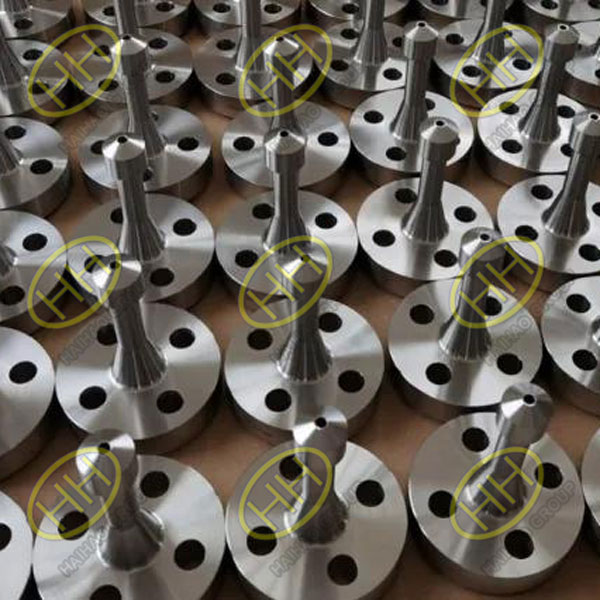Understanding reducer flanges connecting pipes of different sizes
In the realm of engineering, pipelines stand as indispensable infrastructure. However, hardly ever are two pipelines of identical diameters. This raises a pivotal question: how to effectively connect pipelines of different sizes? The answer lies in reducer flanges.
What are reducer flanges?
Reducer flanges are specialized flanges designed for connecting pipes of varying diameters. Typically, they consist of a large-diameter flange and a small-diameter flange, bridged by a section of pipe. Their primary purpose is to smoothly transition the cross-sectional shape of pipelines, ensuring the seamless flow of fluids, while also mitigating connection issues between pipes of differing sizes.
Classification of reducer flanges
Based on the diameter ratio, reducer flanges fall into two categories: equal-size reducer flanges and unequal-size reducer flanges.
Equal-Size Reducer Flanges: These have a 1:1 diameter ratio, meaning the diameters of the large and small pipe segments are the same.
Unequal-Size Reducer Flanges: These have diameter ratios ranging from 1:1.5 to 1:3 and are typically used for connecting pipes with significantly different diameters.
Applications of reducer flanges
Reducer flanges play vital roles in numerous engineering projects:
Industrial Piping Systems: In factories and manufacturing, reducer flanges are extensively used to connect pipes of varying diameters, meeting a myriad of industrial needs.
Chemical Industry: In the realm of chemical engineering, reducer flanges facilitate the handling of diverse chemicals, ensuring safe and efficient fluid transfer.
Construction and Heating: In building and heating systems, reducer flanges connect pipes of different diameters for even distribution of water and heat throughout structures.
Marine Engineering: In offshore platforms and FPSOs (Floating Production Storage and Offloading units), reducer flanges are used to connect subsea pipelines with onshore equipment, enabling the efficient extraction of marine oil and gas resources.
Selecting the right reducer flange
Choosing the appropriate reducer flange involves considering several factors:
Operating Environment: Select the suitable reducer flange standard based on workplace requirements, including pressure ratings, temperature ranges, and fluid types.
Pipe Parameters: Analyze parameters such as pipe size, wall thickness, and length to ensure compatibility with the chosen reducer flange.
Sealing and Connection Method: Depending on usage requirements, select the appropriate sealing surface type and bolt connection method.
Cost and Production Factors: Balance considerations like production processes, weight, and costs to find the right reducer flange for project needs.
Reducer flanges, although inconspicuous in pipeline systems, are crucial elements in ensuring the effective connection and fluid transfer between pipes of varying diameters. By selecting the right specifications and standards, reducer flanges serve irreplaceable roles in various engineering endeavors.
Haihao Group delivers excellence: first batch of flanges ready to set sail
Haihao Group, a leading name in the world of pipe fittings, is proud to announce the successful production and shipment of our first batch of flanges for domestic shipyards. This milestone marks a testament to our commitment to quality and customer satisfaction.



